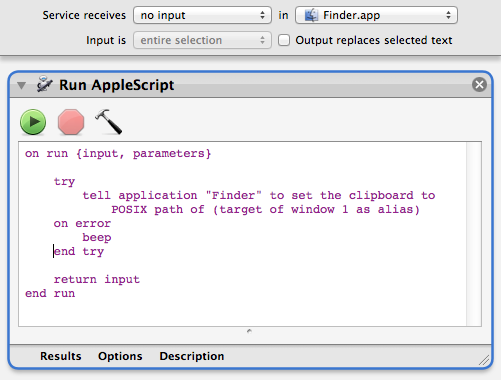aria2 is a lightweight multi-protocol & multi-source command-line download utility. It supports HTTP/HTTPS, FTP, BitTorrent and Metalink. aria2 can be manipulated via built-in JSON-RPC and XML-RPC interfaces.
I’m currently using a Mac. There are many good download manager for MacOS out there, for example Folx, Speed Download, JDownloader, iGetter, DownThemAll, uTorrent, Transmission,… However, most of them have drawbacks. Speed Downloader and iGetter are not free, you have to pay in order to use it and you cannot download torrent with them. Folx offers a free version but the functionality is limited. Also, Folx 3 has removed the ability to download torrent file. DownThemAll requires Firefox to be opened. uTorrent and Transmission are just torrent specialized. But the most annoying problem for me is that they are not light-weight applications. I want some simple, free but light-weight app that can support multiple protocols from http, ftp to torrent.
Finally, I found aria2, a CLI download manager that can satisfy all my demands. When disk cache is off, the physical memory usage is typically 4MiB (normal HTTP/FTP downloads) to 9MiB (BitTorrent downloads). CPU usage in BitTorrent with download speed of 2.8MiB/sec is around 6%.
However, sometimes the command line brings more power than necessary. I also need a simple GUI for working with the app more easily. Webui-aria2 is the solution. One of the great feature of webui-aria2 is that it’s a web-based UI. I can use the browser (Conkeror or Chrome with Vimium) to interact with it (add, pause, remove downloads) using the keyboard very quickly.
Here are the steps on how to setup aria2 client on a Unix/Linux system.
Note: If you’are using Linux, there are an application that is the GUI wrapper for aria2 called uGet.
Read more


